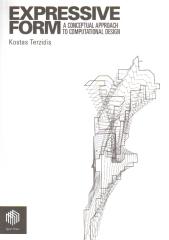Design is widely recognised as the key to improving the quality of the built environment. This well-illustrated book comprises 15 chapters written by leading practitioners, clients, academics and other experts, and presents the latest thinking on what design quality is and how to achieve it. For design practitioners and their clients alike, the book provides evidence to justify greater focus on, and investment in, design. It summarises the benefits that arise from good design - such as, civic pride in the urban environment, the stimulation of urban regeneration, corporate identity, occupant productivity and health in offices, improved learning outcomes in schools, better patient recovery rates in hospitals, as well as reduced environmental impact. And it illustrates these benefits through case study examples.
Contents:
1. Introduction: Design quality, a survey of the evidence, Sebastian Macmillan. Part 1. The perspective of clients. Introduction to Part One 2. Clients and Construction 3. Learning more from what we build 4. Clients' perspective on the value of good design 5. The long term costs of owning and using buildings. Part 2. Case Studies of added value. Introduction to Part Two 6. Measuring value or just cost: the need for new valuation methods 7. Measuring and improving functionality and performance 8. Design quality in new schools 9. Assessing benefits in the health sector 10. Making special places for health care 11. Adding value through better urban design. Part 3. Delivering better buildings. Introduction to Part Three 12. Design needs conscious values 13. Flexibility and adaptability, Adrian Leaman 14. Managing design and construction. Part 4. Measuring quality and value. Introduction to Part Four 15. Inclusive maps 16. Achieving quality in building design by intention 17. Building indicators of design quality 18. Housing Quality Indicators in practice. Index

(0 Comentarios)